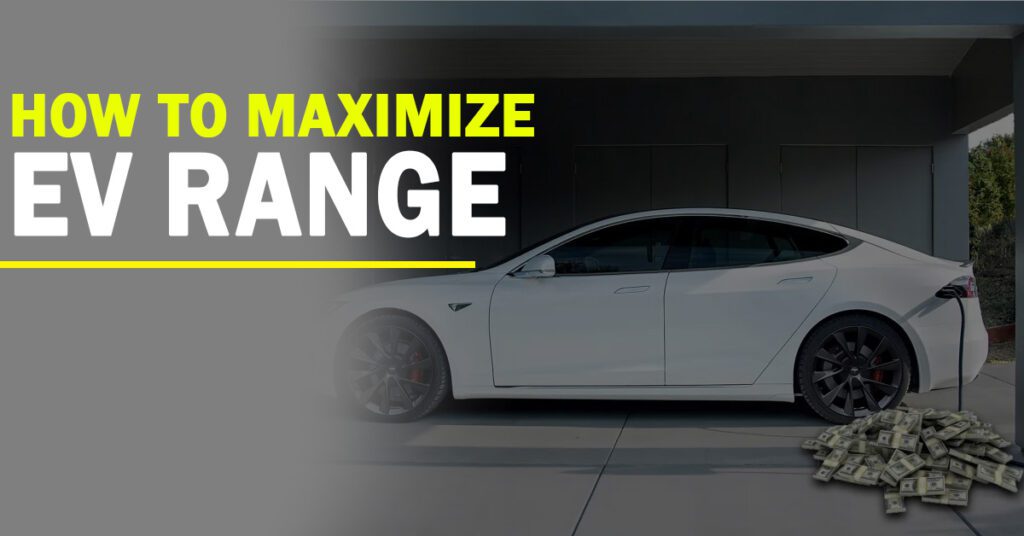
Table of Contents
ToggleIntroduction
What Are EVs And How They Work
EVs, or electric vehicles, are automobiles powered by electric motors instead of traditional internal combustion engines. They use rechargeable batteries to store the energy needed to power the motor.
There are two types of EVs: battery electric vehicles (BEVs) and plug-in hybrid electric vehicles (PHEVs). BEVs are powered solely by electricity and must be charged at an external charging station. PHEVs have both an electric motor and a traditional engine, which can be used when the battery is depleted.
EVs work by using an electric motor to turn the wheels instead of a combustion engine. The electricity needed to power the motor is stored in a rechargeable battery pack. When the battery is depleted, it can be recharged by plugging the car into an external power source, such as a charging station or a wall outlet.
10 Tips To Maximize Your EV Range
1. Plan Your Route
Planning your route is an essential step in maximizing the range of your electric vehicle (EV). Before embarking on a long trip, it’s important to consider the distance you’ll be traveling and the location of charging stations along the way. By planning your route ahead of time, you can avoid the stress of range anxiety and ensure that you have enough power to reach your destination.
One way to plan your route is to use a mapping app or website that includes information about charging stations. Many EV manufacturers have their own apps that can help you plan your route and find charging stations that are compatible with your vehicle. You can also use third-party apps, such as PlugShare or ChargePoint, to find charging stations and plan your route.
When planning your route, it’s important to consider the charging time required at each station. Some charging stations may offer fast charging, while others may take several hours to fully charge your EV. By factoring in charging time, you can plan your route more efficiently and avoid unnecessary delays.
In addition to finding charging stations, you should also consider the terrain of your route. Driving up hills or through mountainous terrain can consume more energy and reduce your EV’s range. By planning your route to avoid steep inclines, you can conserve energy and maximize your range.
2. Drive Efficiently
Driving efficiently is a key factor in maximizing the range of your electric vehicle (EV). By adopting certain driving habits, you can conserve energy and extend the distance you can travel on a single charge.
One of the most important ways to drive efficiently is to accelerate and decelerate smoothly. Avoid rapid acceleration or sudden braking, as these actions can consume more energy and reduce your EV’s range. Instead, try to maintain a steady speed and anticipate stops or slowdowns by gradually reducing your speed.
Another way to drive efficiently is to use cruise control whenever possible. This feature can help you maintain a consistent speed and reduce energy consumption by minimizing unnecessary acceleration and deceleration.
In addition to these tips, you can also optimize your driving efficiency by planning your route ahead of time. By avoiding congested routes and heavy traffic, you can reduce the amount of time you spend idling and conserve energy.
3. Use Regenerative Braking
Regenerative braking is a feature that is available on many electric vehicles (EVs) and can help you maximize your EV’s range. This technology allows the EV’s motor to act as a generator and convert the energy from the vehicle’s momentum back into electrical energy that can be stored in the battery.
To use regenerative braking effectively, you should anticipate stops and slow down gradually by easing off the accelerator pedal. When you apply the brakes, the regenerative braking system will kick in and convert the vehicle’s kinetic energy into electrical energy. This energy can then be used to recharge the battery and extend the vehicle’s range.
By using regenerative braking, you can reduce the wear and tear on your EV’s brake pads and improve your overall driving efficiency. It’s important to note, however, that regenerative braking may not be as effective at very low speeds or when the battery is already fully charged.
Some EVs also have settings that allow you to adjust the regenerative braking strength, which can affect how much energy is recovered during braking. By experimenting with these settings and finding the optimal level of regenerative braking for your driving style, you can further maximize your EV’s range.
4. Avoid High Speeds
Avoiding high speeds is another important factor in maximizing the range of your electric vehicle (EV). Driving at high speeds can significantly reduce your EV’s range, as it requires more energy to overcome air resistance.
To conserve energy and extend your EV’s range, it’s important to maintain a steady and moderate speed. When driving on the highway, try to keep your speed within the legal limit and avoid unnecessary acceleration or sudden braking.
In addition to reducing your speed, you can also optimize your driving efficiency by planning your route ahead of time. By avoiding congested routes and heavy traffic, you can reduce the amount of time you spend idling and conserve energy.
Another way to avoid high speeds is to use the “Eco” or “Eco Mode” settings that are available on many EVs. These modes can help you optimize your driving efficiency by limiting power consumption and adjusting the vehicle’s settings for better energy conservation.
5. Reduce Weight
Reducing the weight of your electric vehicle (EV) is another way to maximize its range. The more weight your EV has to carry, the more energy it requires to move, which can significantly reduce your EV’s range.
To reduce weight, you can start by removing any unnecessary items from your vehicle, such as extra luggage, tools, or equipment. Every additional pound of weight can reduce your EV’s range, so it’s important to only carry what you need.
Another way to reduce weight is to replace heavy parts with lighter alternatives. For example, you can replace your EV’s heavy alloy wheels with lighter, more efficient ones made of composite materials.
In addition to these tips, you can also optimize your driving efficiency by planning your route ahead of time. By avoiding congested routes and heavy traffic, you can reduce the amount of time you spend idling and conserve energy.
6. Minimize Use of Air Conditioning And Heating
Minimizing the use of air conditioning and heating can also help you maximize the range of your electric vehicle (EV). Both of these features require a significant amount of energy to operate, which can reduce your EV’s range if used excessively.
To conserve energy, you can try to rely on natural ventilation as much as possible, such as opening the windows or sunroof. If you must use air conditioning or heating, it’s important to use it sparingly and only when necessary. For example, you can set the temperature a few degrees higher or lower than your preferred setting to reduce the amount of energy required.
In addition to these tips, you can also optimize your driving efficiency by planning your route ahead of time. By avoiding congested routes and heavy traffic, you can reduce the amount of time you spend idling and conserve energy.
Another way to minimize the use of air conditioning and heating is to pre-condition your EV while it’s still connected to the charger. Many EVs have a feature that allows you to remotely start the air conditioning or heating system before you start driving, which can help you conserve energy while also ensuring your comfort.
7. Monitor Your Battery Level
Monitoring your battery level is a crucial factor in maximizing the range of your electric vehicle (EV). By keeping track of your battery’s charge level, you can adjust your driving behavior to conserve energy and avoid running out of power unexpectedly.
Most EVs come equipped with a dashboard display that shows your battery’s remaining charge level and estimated range. It’s important to check this display regularly, especially during longer trips, to ensure that you have enough power to reach your destination.
To further optimize your battery usage, you can also adjust your driving behavior based on your battery’s charge level. For example, if you have a low battery level, you can drive more conservatively and avoid heavy acceleration or high speeds to conserve energy.
In addition to monitoring your battery level while driving, it’s also important to take care of your battery when your EV is parked. To maximize your battery’s lifespan and ensure optimal performance, you should avoid leaving your EV parked in extreme temperatures or with a low charge level for an extended period of time.
8. Use Eco-Mode
Using the eco-mode setting on your electric vehicle (EV) is a great way to maximize its range. Eco-mode adjusts your EV’s performance and settings to conserve energy and improve efficiency, resulting in a longer driving range.
When you engage eco-mode, your EV will typically limit power and acceleration, which reduces the amount of energy required to drive. This can significantly increase your driving range, especially during longer trips.
In addition to adjusting power and acceleration, eco-mode may also adjust your EV’s climate control and other settings to reduce energy consumption. For example, it may limit the use of air conditioning or heating and reduce the power used by other vehicle systems.
It’s important to note that eco-mode may impact your driving experience, as it can limit acceleration and top speed. However, the benefits of increased range and improved efficiency typically outweigh any minor changes to your driving experience.
9. Charge at Off-Peak Times
Charging your electric vehicle (EV) at off-peak times can help you maximize your range and save money on electricity costs. Many utility companies offer lower rates during off-peak hours, typically during late evenings or early mornings, making it a cost-effective way to charge your EV.
Charging during off-peak hours can also help you avoid peak demand charges, which can be significantly higher than standard rates during times of high energy usage. By charging during off-peak hours, you can take advantage of lower rates and avoid these peak demand charges.
In addition to saving money, charging during off-peak hours can also help you maximize your driving range. When you charge your EV during off-peak hours, you can take advantage of a slower, steadier charge that is less likely to cause battery degradation and reduce your EV’s overall range.
To ensure that you are charging during off-peak hours, you can program your EV charging schedule to start during these times using a smart charging system. Many EV chargers come equipped with smart charging features that allow you to schedule charging times and optimize your charging schedule for maximum efficiency.
10. Keep Your EV Maintained
Keeping your electric vehicle (EV) maintained is crucial in maximizing its range and overall performance. Regular maintenance can help identify and address potential issues before they become major problems that could impact your EV’s efficiency and range.
One important aspect of EV maintenance is keeping the battery in good condition. This includes regularly monitoring and maintaining the battery’s charge level, as well as ensuring that it is kept at the appropriate temperature. Over time, battery degradation can occur, which can reduce your EV’s range. Regular battery maintenance can help extend the lifespan of your battery and optimize your driving range.
Another important maintenance task is ensuring that your EV’s tires are properly inflated. Under-inflated tires can increase rolling resistance, which can reduce your EV’s range and efficiency. Regularly checking and adjusting tire pressure can help improve your EV’s performance and maximize your driving range.
In addition to these tasks, regular maintenance appointments with a qualified EV mechanic can help identify and address any other issues that may impact your EV’s range and efficiency. By keeping your EV well-maintained, you can ensure that it operates at peak performance and maximize your driving range.
Conclusion
In conclusion, there are many simple and effective ways to maximize your electric vehicle’s (EV) range while being environmentally friendly. By following these tips, you can reduce your carbon footprint and enjoy a more efficient and cost-effective driving experience.
Planning your route, driving efficiently, using regenerative braking, avoiding high speeds, reducing weight, minimizing the use of air conditioning and heating, monitoring your battery level, using eco-mode, and charging at off-peak times are all valuable strategies for maximizing your EV’s range. Additionally, keeping your EV well-maintained can help optimize its performance and extend its lifespan.
Maximizing your EV’s range not only benefits the environment, but it can also save you money on electricity costs and reduce the frequency of charging. By incorporating these tips into your driving routine, you can help reduce your carbon footprint, extend your EV’s range, and enjoy a more sustainable and eco-friendly lifestyle.
As electric vehicles continue to gain popularity, it is important to remember that even small changes in driving habits and maintenance routines can make a significant impact on the environment. Let’s work together to make the world a cleaner and more sustainable place, one EV at a time.
To Know More About EVs, CLICK HERE
To Know More, CLICK HERE







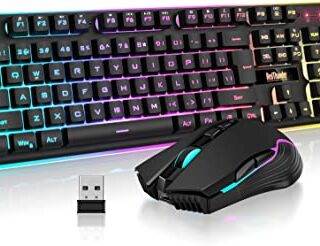

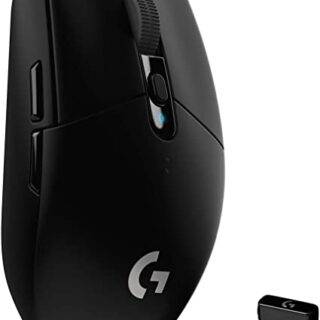
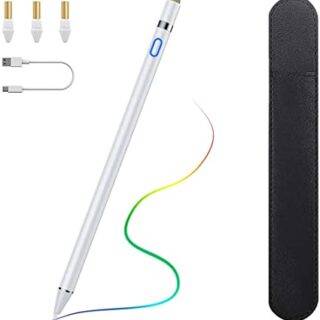




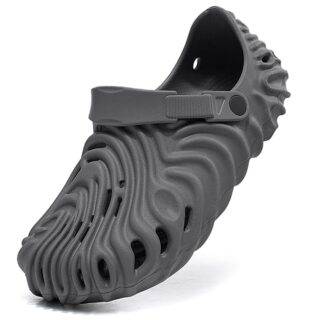
Leave a Reply